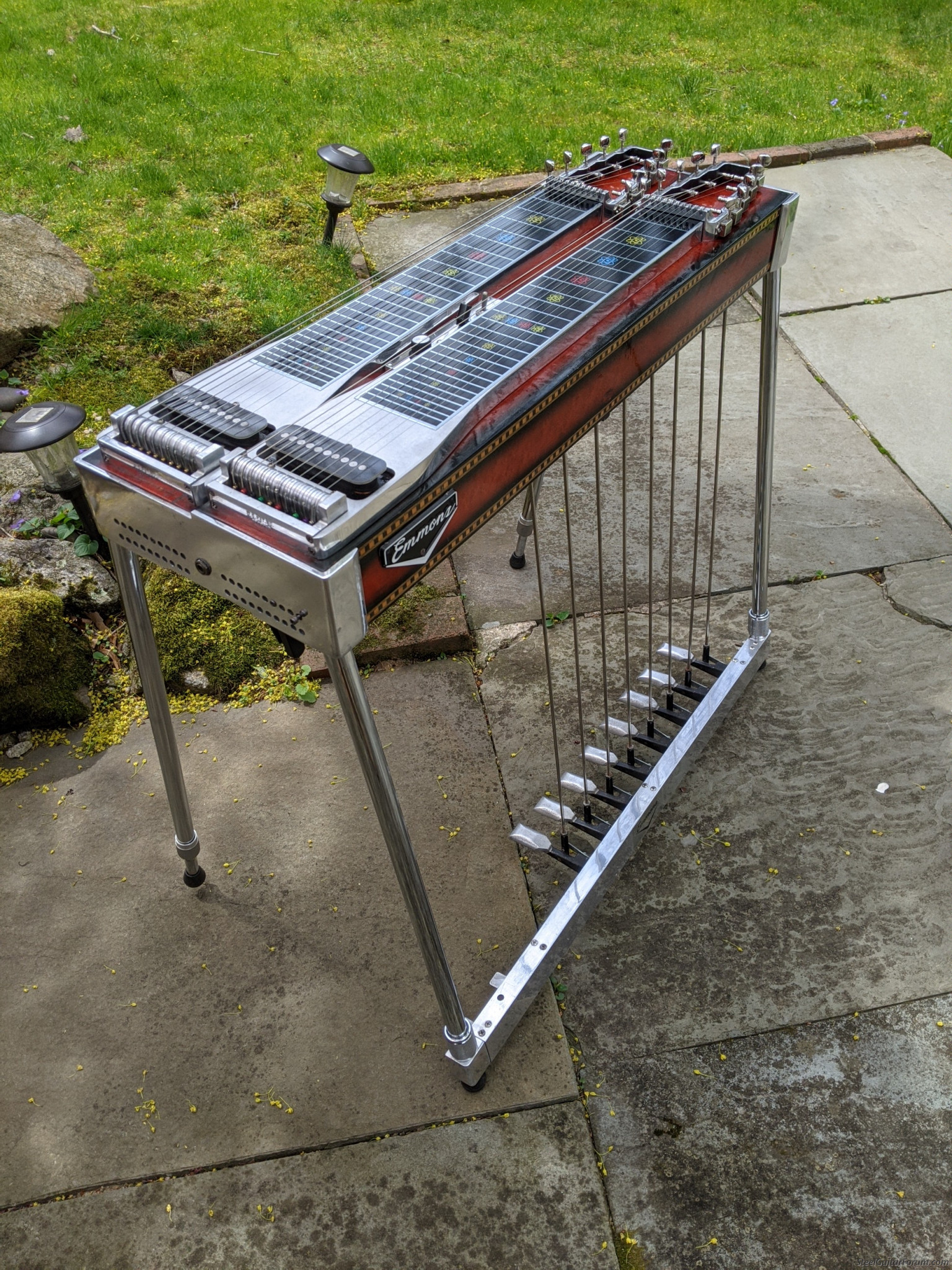
Playing the pedal steel has unusual physical requirements in requiring simultaneous coordination of both hands, both feet and both knees (knees operate levers on medial and lateral sides of each knee) the only other instrument with similar requirements is the American reed organ. Electronic amplification enabled subsequent development of the electrified lap steel, then the console steel, and finally the pedal steel guitar. The electric guitar pickup was invented in 1934, allowing steel guitars to be heard equally with other instruments. The first instrument in this chronology was the Hawaiian guitar also called a lap steel next was a lap steel with a resonator to make it louder, first made by National and Dobro Corporation. įrom its first use in Hawaii in the 19th century, the steel guitar sound became popular in the United States in the first half of the 20th century and spawned a family of instruments designed specifically to be played with the guitar in a horizontal position, also known as "Hawaiian-style". The latter creates a unique sound that has been popular in country and western music- a sound not previously possible on steel guitars before pedals were added. Pedals were added to a lap steel guitar in 1940, allowing the performer to play a major scale without moving the bar and also to push the pedals while striking a chord, making passing notes slur or bend up into harmony with existing notes. Pedal steel is most commonly associated with American country music and Hawaiian music.


Like all steel guitars, it can play unlimited glissandi (sliding notes) and deep vibrati-characteristics it shares with the human voice. The pedal steel guitar is a console-type of steel guitar with pedals and knee levers that change the pitch of certain strings to enable playing more varied and complex music than any previous steel guitar design.


 0 kommentar(er)
0 kommentar(er)
